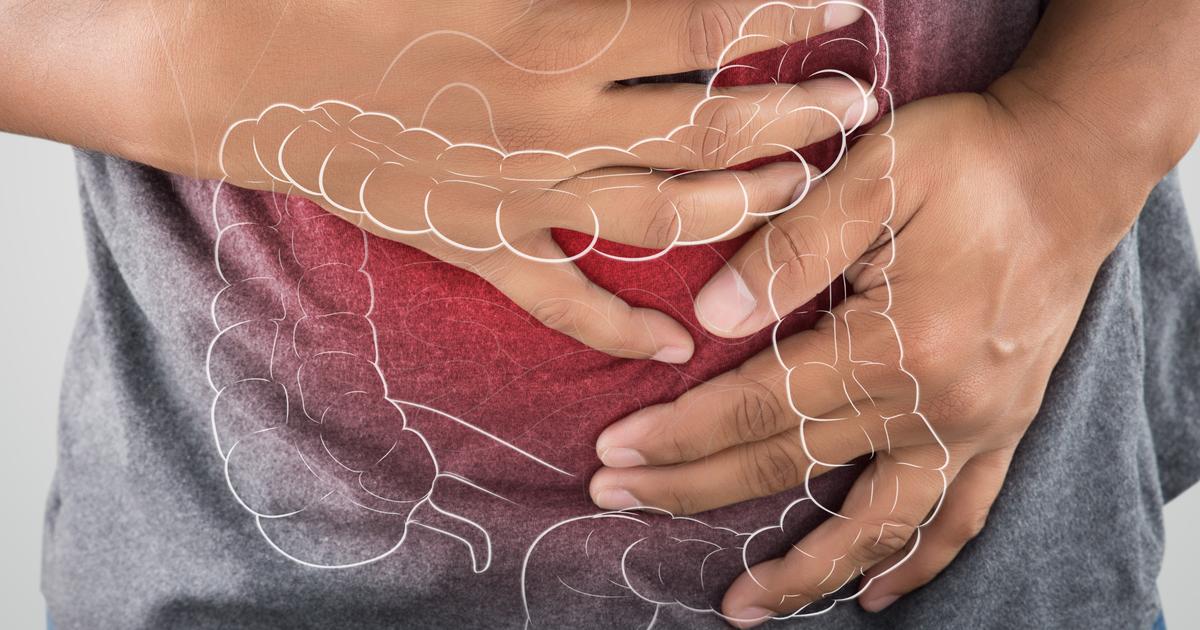10 Milky Mysteries Unveiled: The Sneaky Suspects Behind Lactose Intolerance
Ever felt a surprising gurgle, bloating, or discomfort after enjoying what should be a simple meal? You're not alone. What if that seemingly innocent dairy treat is secretly sabotaging your comfort? Lactose intolerance, a digestive mystery affecting an astonishing 75% of the global population, often lurks behind these frustrating symptoms. It’s more than just a sensitivity to milk; it’s a complex inability to break down lactose, the sugar found in dairy. But the culprits aren't always obvious. Beyond the expected glass of milk, hidden sources and unexpected triggers can be silently turning your system upside down. Join us as we unveil 10 milky mysteries – the sneaky suspects behind lactose intolerance – empowering you to identify the true cause of your discomfort and reclaim your digestive peace.
1. Insufficient Production Of Lactase

The primary cause of lactose intolerance is insufficient production of lactase, an enzyme produced in the small intestines. This enzyme is responsible for the digestion of lactose, and patients who have low levels of the enzyme will experience symptoms of lactose intolerance after consuming dairy. In patients with lactase deficiencies, foods that contain lactose move into the colon instead of being digested properly before reaching this area. The presence of lactose in the colon triggers symptoms. If patients with lactose intolerance do not want to completely eliminate dairy products, there are several types of dairy milk available made without lactose, and patients could also try taking a lactase enzyme supplement prior to consuming dairy. The supplements reduce symptoms for many patients.
2. Increasing Age

Increasing age is a major risk factor for lactose intolerance. The condition is most often diagnosed during adulthood, and it is much less common in infants and children. The body's production of lactase naturally declines with age, and this can eventually lead to the symptoms of lactose intolerance. Since these symptoms could be caused by a number of other conditions that are potentially serious, older adults who believe they may be lactose intolerant should consider visiting a gastroenterologist for a full evaluation. The specialist can perform a detailed abdominal exam and other tests to check for irritable bowel syndrome, Crohn's disease, and other related conditions. If an older patient is diagnosed as lactose intolerant, they may wish to consult a nutritionist for help in creating a meal plan that includes sufficient calcium and vitamin D intake. In particular, older adults may need to take dietary supplements to meet their nutritional needs, especially if they already have other underlying health conditions.
